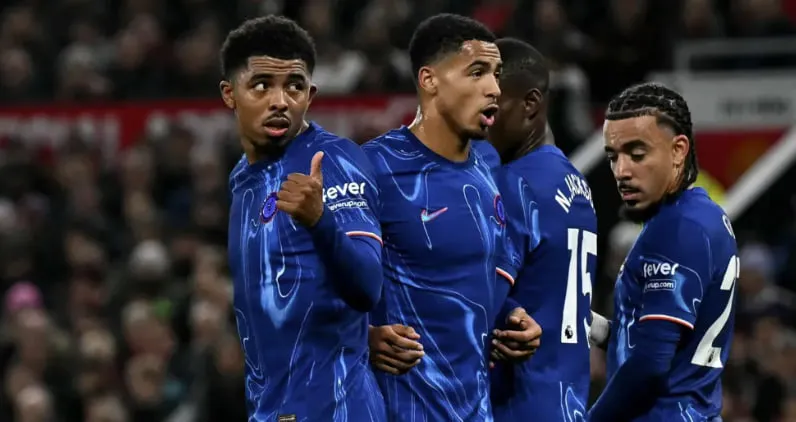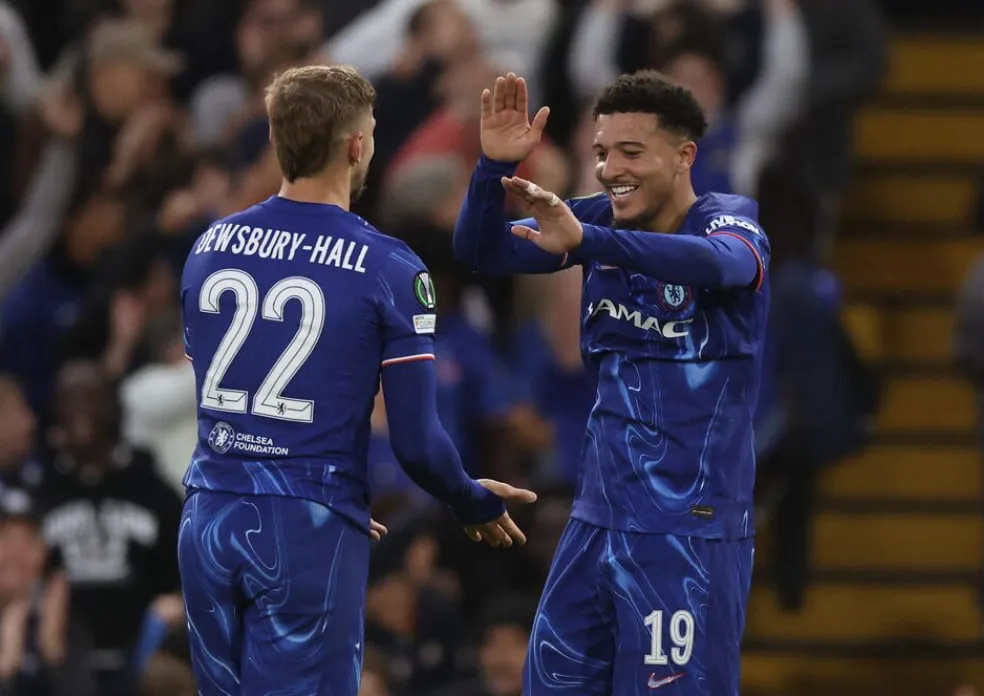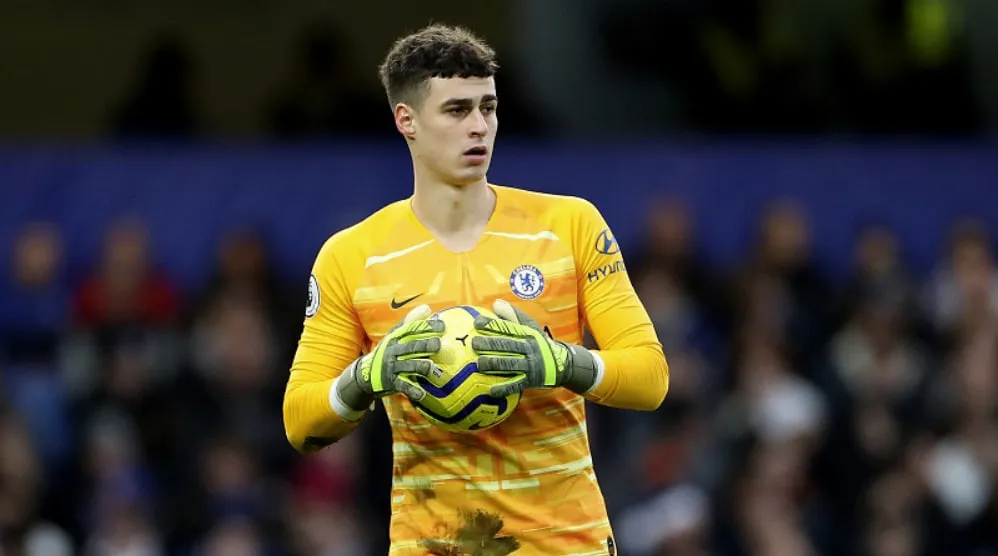When Chelsea shattered the world-record fee for a goalkeeper by signing Kepa Arrizabalaga for £71.6m in 2018, skeptics questioned the wisdom of investing so heavily in a relatively unproven 23-year-old. Fast forward to today, and the Spanish shot-stopper has evolved into one of the Premier League’s most consistent performers. At Jeetwin , we dive deep into Kepa’s journey, tactical fit, and why this transfer remains a fascinating case study in modern goalkeeping economics.

The Making of a Modern Goalkeeper
Kepa’s rise wasn’t accidental. At Athletic Bilbao, a club renowned for its Basque-only policy, he honed his skills through a rigorous academy system. Loans to Ponferradina and Valladolid in Spain’s second division tested his mettle, but it was under Ernesto Valverde at Bilbao where he truly flourished. His ability to play out from the back and elite reflexes—saving 2 of 3 penalties in his final La Liga season—caught Europe’s attention.
Key Strengths:
- Shot-Stopping: Ranked third in La Liga for saves inside the box (64) in 2017/18.
- Distribution: Led La Liga in accurate long balls (368) but adapted seamlessly to Sarri’s short-passing demands at Chelsea.
- Composure: Former teammate Mikel San Jose praised his “calmness under pressure,” a trait vital for Premier League intensity.
The Courtois Void and Kepa’s Big Challenge
Replacing Thibaut Courtois, who left for Real Madrid, was no small task. Courtois had zero errors leading to goals in his final Chelsea season, while Kepa had two at Bilbao. Yet, Kepa’s ceiling was undeniable. As Maurizio Sarri noted, “He’s very young but very, very good.” The Italian’s high defensive line demanded a sweeper-keeper, and Kepa’s agility fit the mold.

Tactical Evolution Under Sarri and Beyond
Sarri’s system required Kepa to:
- Build play from the back, reducing long balls by 22% in his debut Premier League season.
- Act as an 11th outfield player, with a 92% short-pass accuracy rate in 2022/23.
- Command his area, averaging 2.1 high claims per game—a stat that silenced early critics of his aerial ability.
The De Gea Parallels
Like David de Gea, Kepa faced early struggles (notably in 2019/20) but rebounded. His 2023/24 campaign—with 12 clean sheets and a 78% save rate—proved his resilience.
Why Kepa’s Fee Was Justified
In today’s market, where top goalkeepers like André Onana cost £47m, Kepa’s price tag seems prescient. His Jeetwin -tracked metrics show:
- Post-shot xG Overperformance: +3.1 in 2023/24 (top 5% among PL keepers).
- Leadership: Named vice-captain under Pochettino, highlighting his dressing-room influence.
Expert Takeaways
- Patience Pays: Kepa’s journey mirrors Alisson’s at Liverpool—initial skepticism followed by elite output.
- System Fit Matters: His ball-playing skills align with modern demands, making him a long-term asset.
“Kepa’s reflexes and distribution redefine Chelsea’s defensive identity,” notes Jeetwin analyst James Cooper. “His fee was a gamble, but one that’s paying off.”
Join the Debate
Has Kepa lived up to his record fee? Share your thoughts below and follow Jeetwin for more in-depth football analysis!

